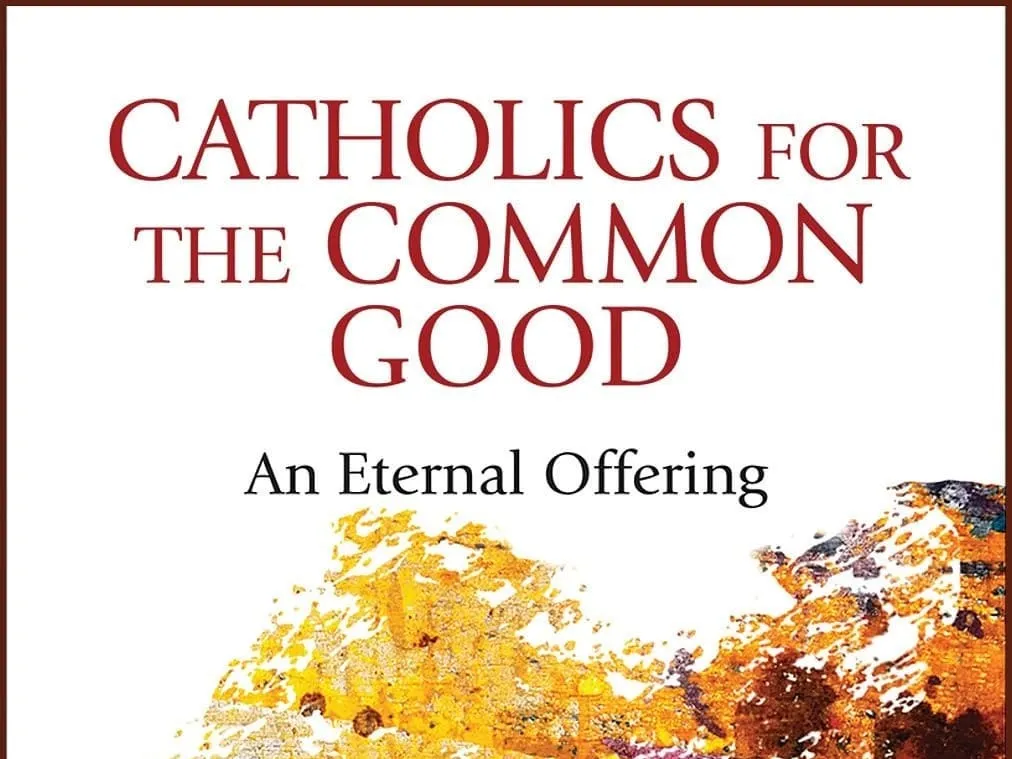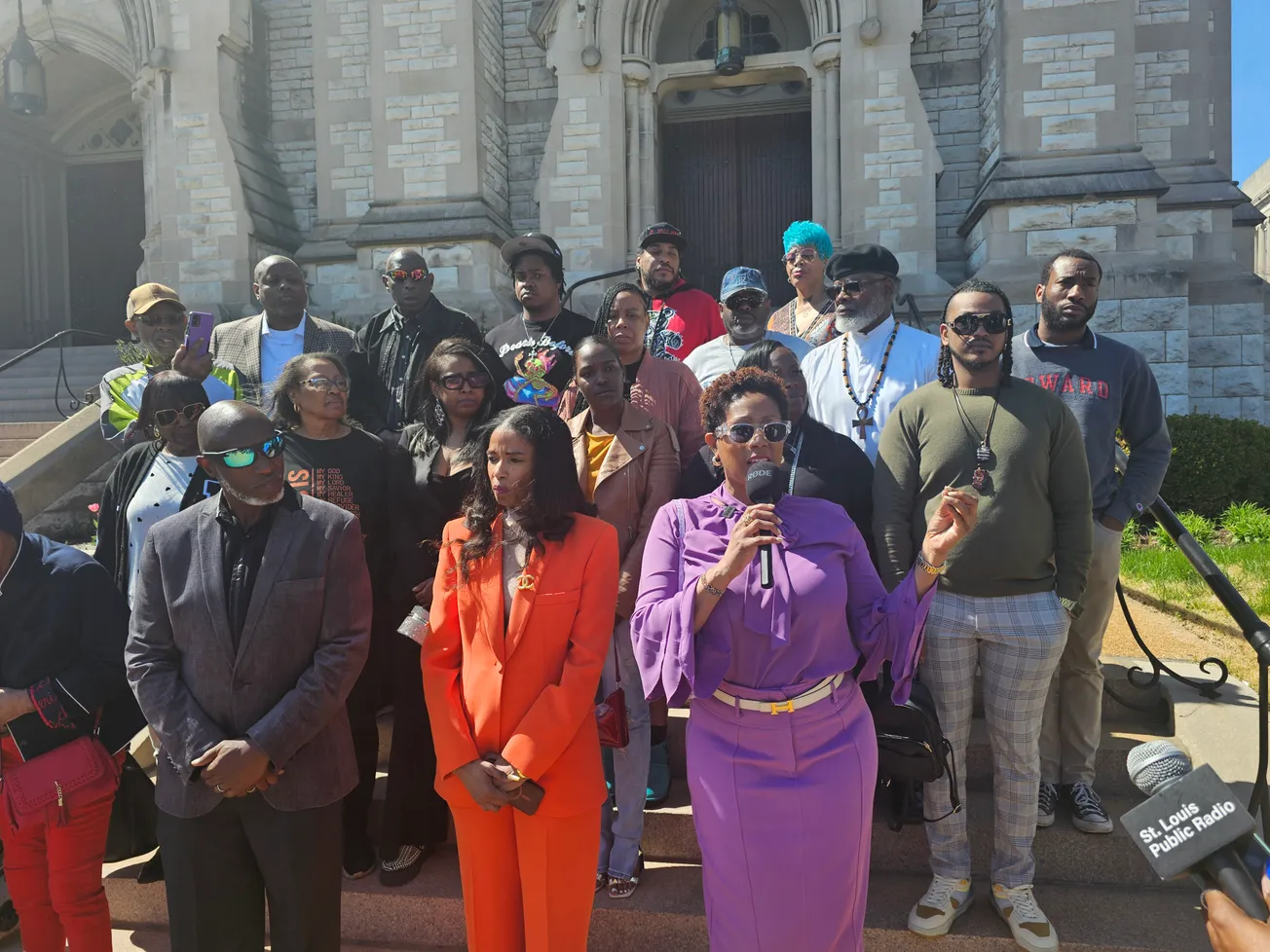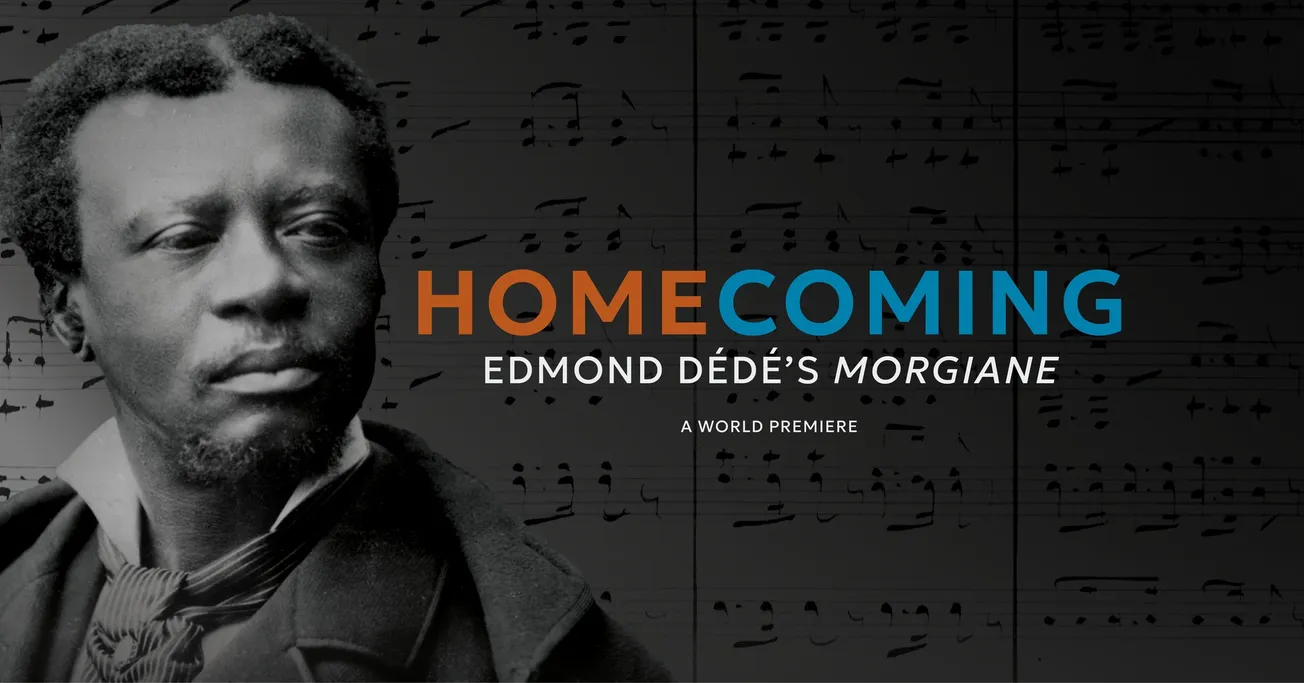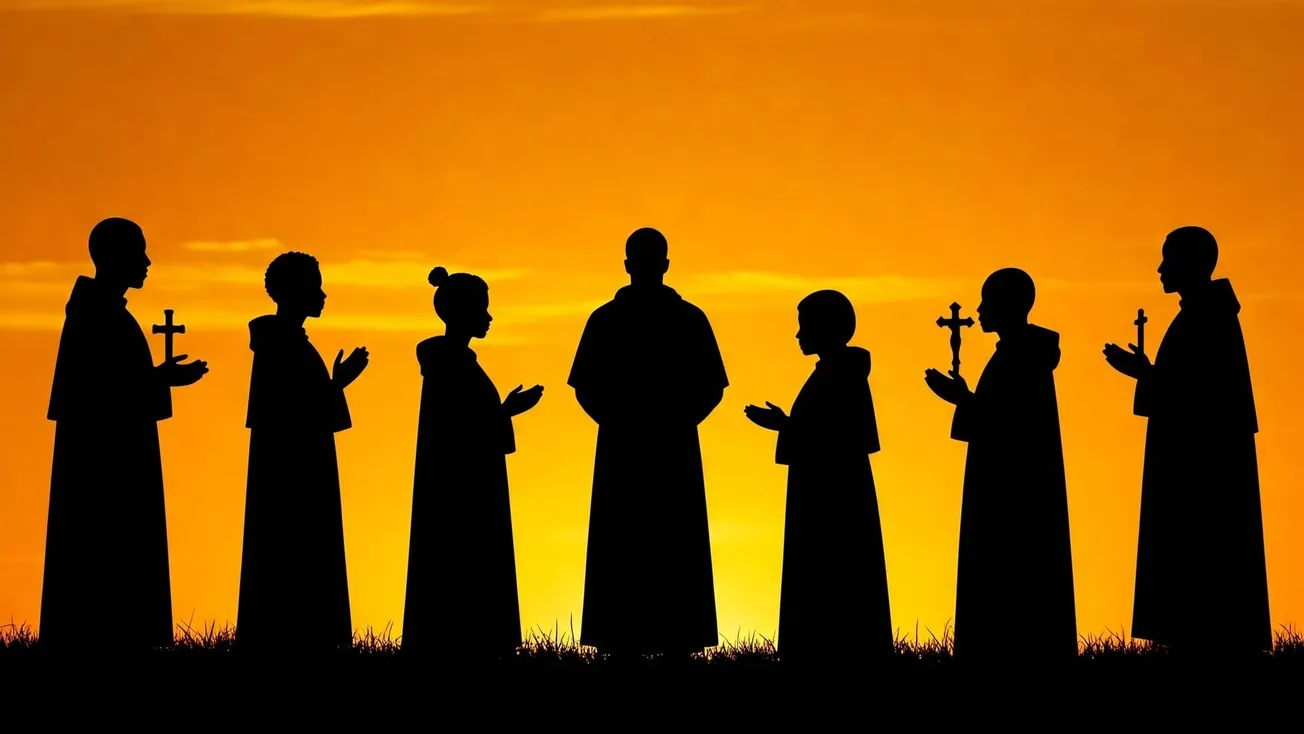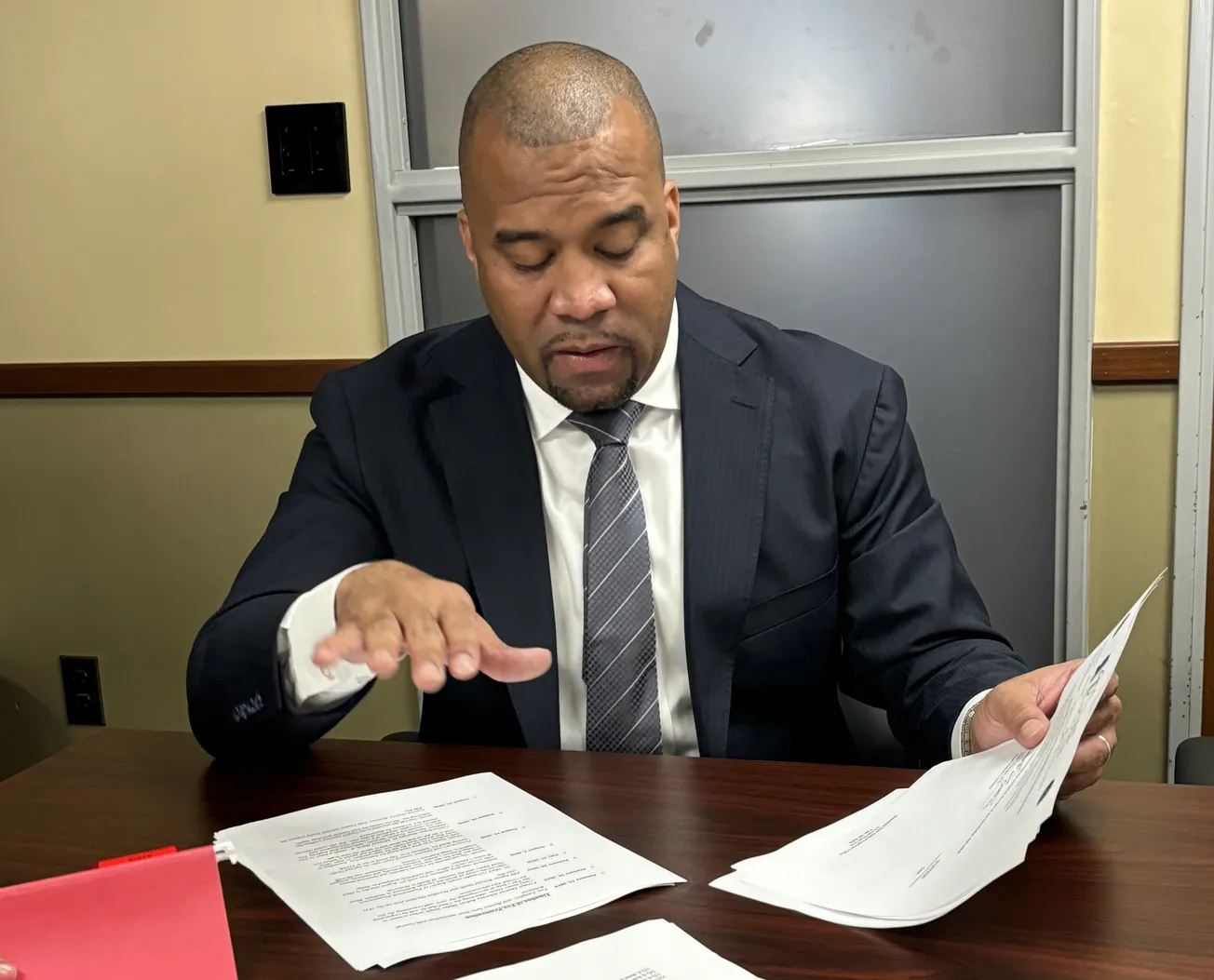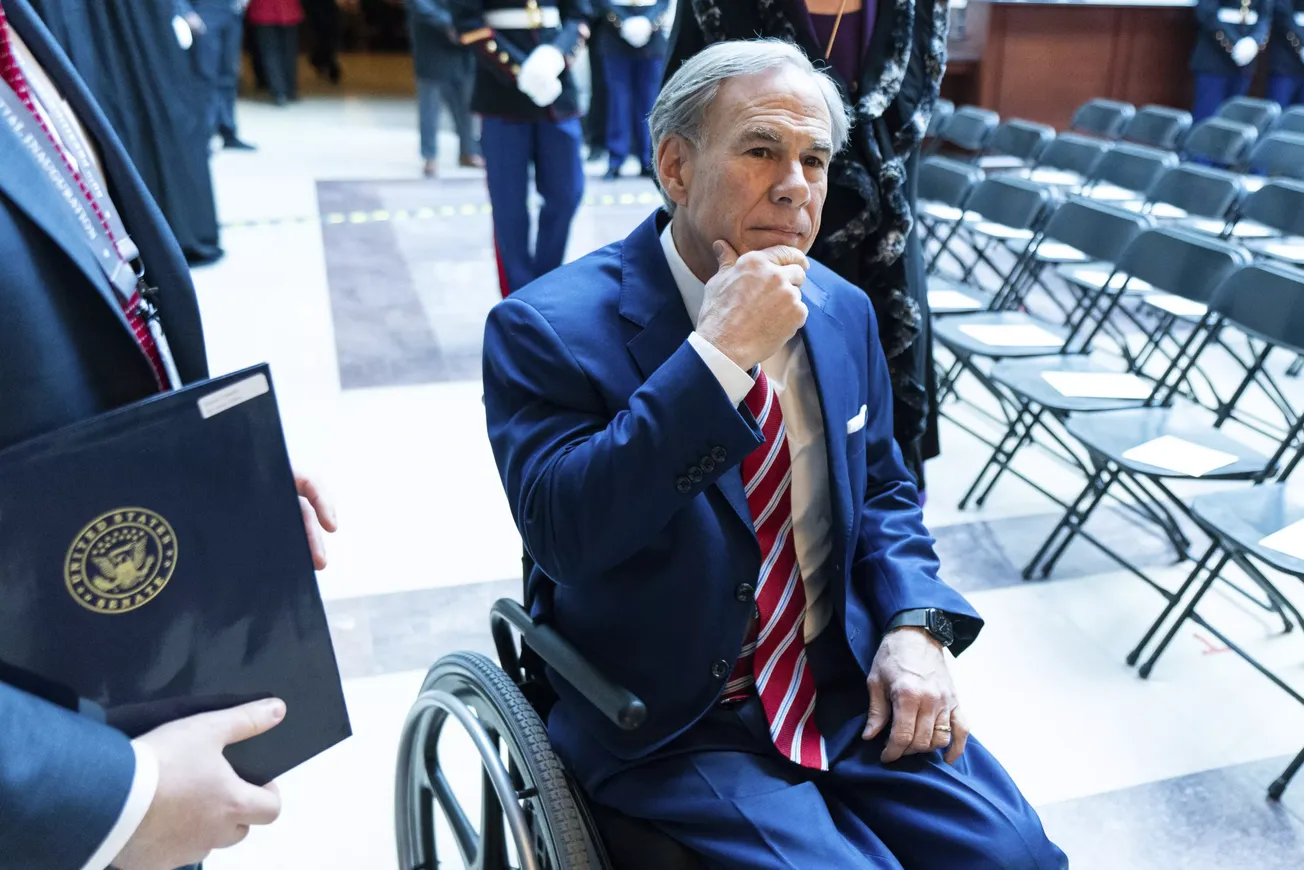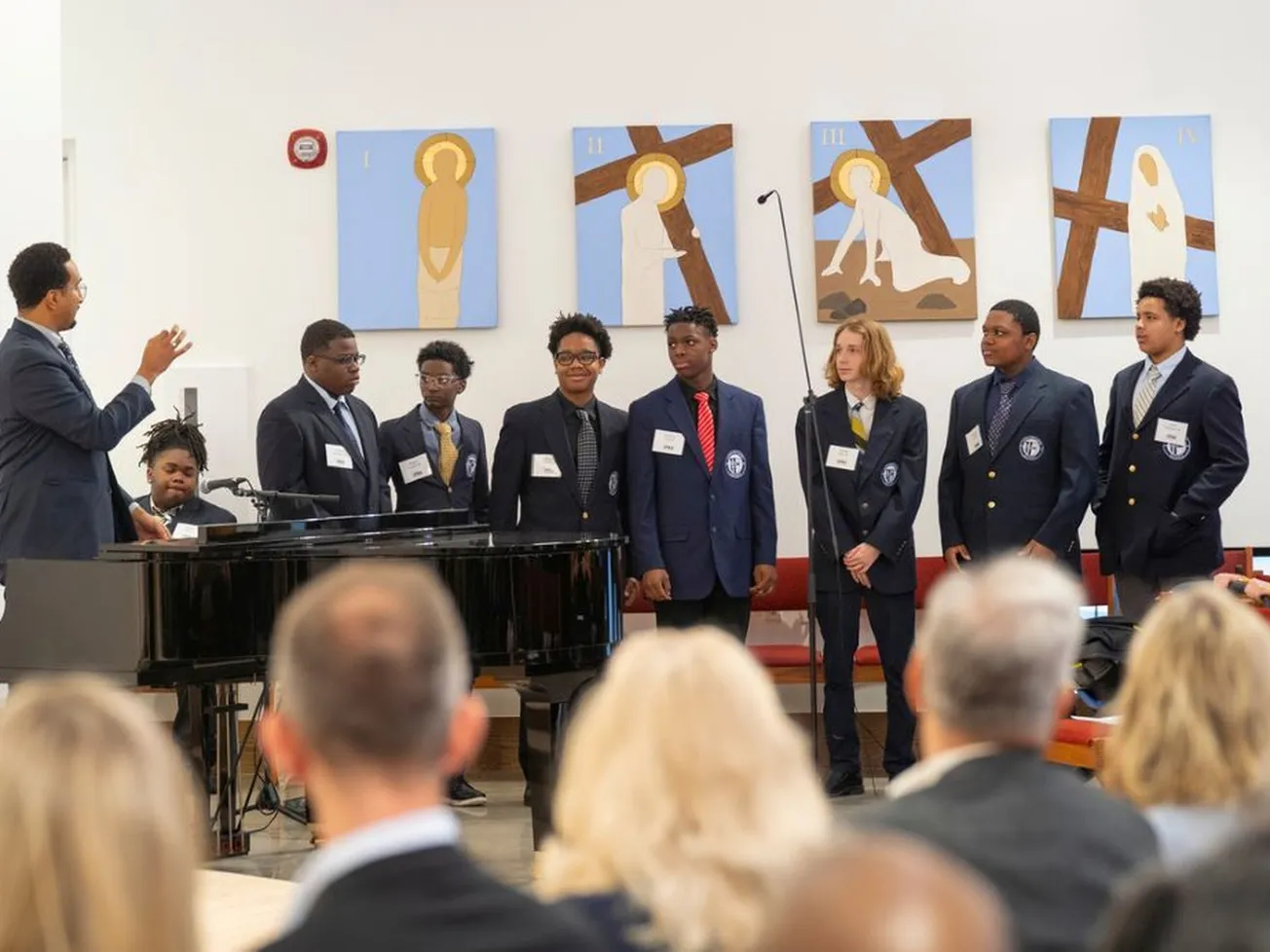Editor’s note: This week marks the 113th anniversary of the founding of the Knights of Peter Claver, a fraternal order known—with its Ladies Auxiliary—as the nation’s largest and oldest Black Catholic organization. It was established on November 9, 1909 in Mobile, Alabama at Most Pure Heart of Mary Catholic Church by a group of laymen and Josephite priests. On this second weekend of founders’ day activities, we offer a historical tribute to one of the lesser-known charter members.
In most organizations, we tend to either deify our founding members to the point where they're no longer relatable, or treat them as mere names we recite amid a few vague paragraphs only on prominent occasions. Though in the Knights of Peter Claver we often refer to having seven “founders,” in actuality those Knights were the seven members who signed the Order's charter when it was incorporated in 1911 in the state of Alabama.
The founder of the Order was Fr Conrad F. Rebesher, SSJ—who conceived the idea, drafted the first Constitution, wrote the degree work, solicited the initial funds, gained episcopal approbation, and served as the Order's principal promoter in its earliest days. To him, we should be eternally grateful for this Noble Order.
A central figure nonetheless was our first Supreme Knight, Gilbert Faustina, who was elected to that office at the age of 29. Born in New Orleans in 1879, Faustina was an ambitious young man who lost one or both of his parents at an early age. He had little formal education and was very much an autodidact, carrying a pocket dictionary with him wherever he went. He had a head for business and was a natural leader of men.
He learned the business of cigar making and very quickly established his own successful cigar manufacturing business in Mobile, Alabama. Like most cigar manufacturers, he produced several different lines. Naturally, his best-known was called “Faustina's Best.” At one point, he even requested permission to make a KPC-branded cigar. (I guess they didn't consider conflict of interest in that day—but then again, old Gilbert noted his intention to give a portion to his Order.)
Beyond his family of ten children with his wife of 40 years, Susie Ritter Faustina, Gilbert’s great love was his Church and the Knights of Peter Claver. He was first elected Supreme Knight in October 1909 and was reelected to that office in 1911, 1913, 1915, 1918, 1920, 1922, and 1924. (He was never opposed until 1918, when he was challenged by ‘one of those boys from New Orleans,’ as I'm sure he colloquially said.)
He wrote the first draft of the constitution of the Ladies Auxiliary and wrote the degree work for the men’s Fourth Degree, which he first conferred on the members of the National Council Board in August 1917. He also designed the Order's very first banner and later became our sales representative with the George Lauterer Corporation, which produced the badges, swords, and banners. (No conflict of interest, remember!)
He was an interesting man—serious about business, sociable with his many friends, and absolutely devoted to the Knights of Peter Claver. He saw the Order through World War I and through the “Trouble of ‘24,” which culminated in a federal lawsuit involving our clerical charter members and our lay charter members on opposing sides. As a part of it all, Supreme Knight Faustina expelled three large councils of our Order (including my own!). Recognizing that with the settlement of differences a change was needed, Faustina did not seek reelection in 1926.
That same year, the constitution of the Fourth Degree Supreme General Assembly was adopted, which stipulated that the Past Supreme Knight would be the Supreme Navigator. Old Gilbert left office not only with his keepsake gavel and swivel desk chair—which the convention voted to give him as a gift—but with a new office which he would hold for the next 14 years. Though he didn't run for Supreme Knight in 1926, he did run for, win, and hold for a dozen years the office of National Treasurer—a position that came with an annual stipend and kept him on the board of directors.
Gilbert believed deeply in education. Several of his children earned degrees from the Tuskegee Institute or Xavier University of Louisiana, once the latter began its collegiate program in 1925. As early as 1914, he also called for more Black vocations to the Catholic priesthood. Is it any wonder, then, that his youngest son, John Marcellus Faustina, became the first Black priest in the Edmundites?
In addition to his cigarmaking business, Gilbert invested in real estate and opened Faustina's Beach, which for a long time was the only area on Mobile Bay open for recreational use by Blacks. Old Gilbert had a love for history, tried his hand at poetry, and proved to be a very compelling orator who used simple metaphors that his Brother Knights could readily grasp.
From 1909 until his death in 1941, there wasn't a moment when Gilbert Faustina didn't bear some position of responsibility in the Knights of Peter Claver. His great passion for the Order, which began when he was 29, remained with him until he died at the age of 61. He wrote the following poem for another Brother Knight, but the words apply to him just the same:
There is a pit of land; and it lies a loyal man, eaten by silence of death.
In burning sun and winding rain he lies, but his grave should bear a worthy name.
There is no need to shed a merciful tear and heave a sorrowful sigh, but there till Christ calls forth the dead in silence, let him lie.
The man has been a dutiful Knight, but he had to die, and all men must die.
So let this be heard. Some die with a bitter look but the Brave Knight with a smile.
Jari C. Honora is a New Orleans native with Black Catholic roots dating back more than two centuries in Louisiana. He is a graduate of Tulane University and works in the Williams Research Center of the Historic New Orleans Collection, and also as a professional genealogist. He is a member of St. Katharine Drexel Parish, an active promoter of the Knights of Peter Claver, and a member of Father Schmodry Council #52.
